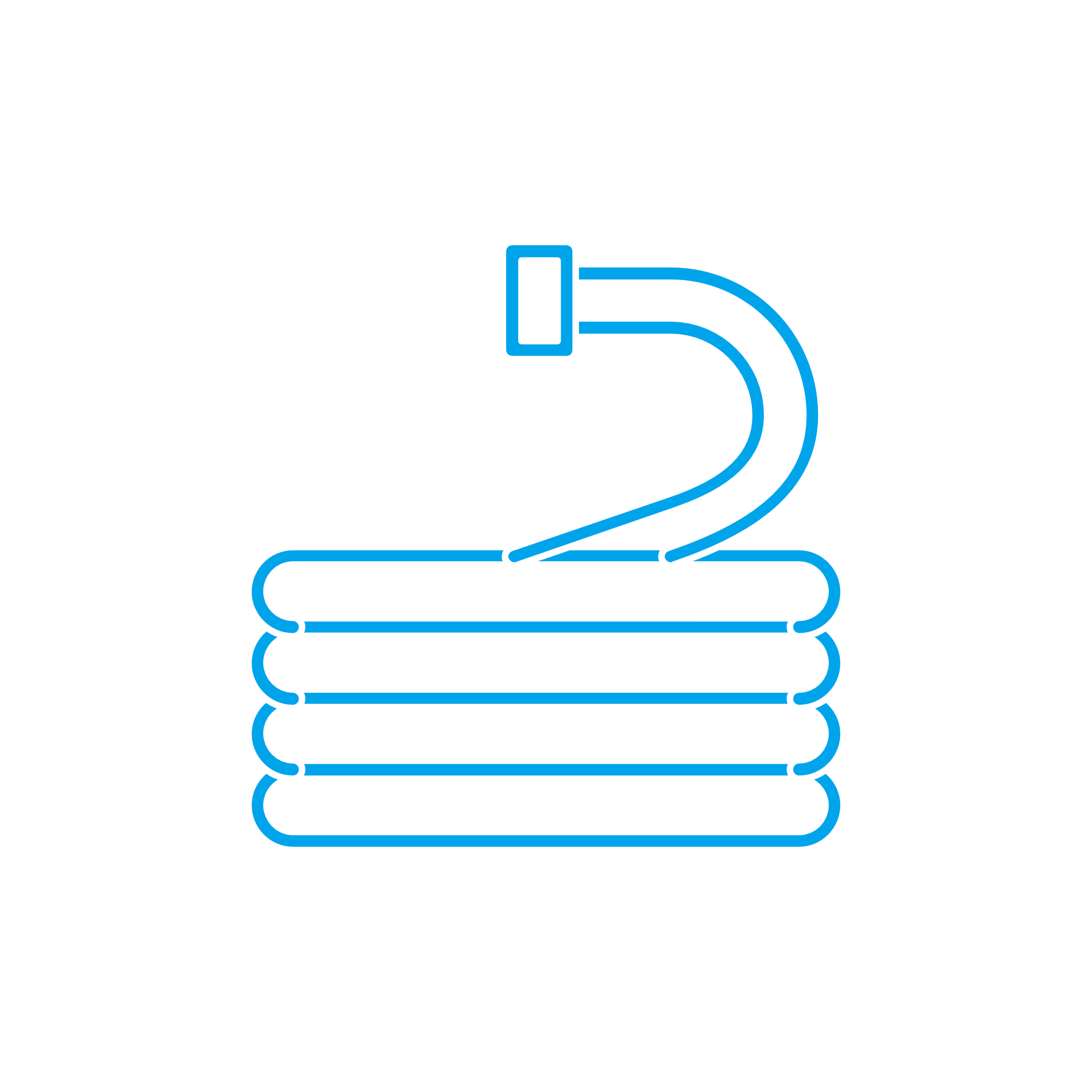COMPRESSOR PIPE connections: high-performance Hoses for marine and diesel engines
Hoses are flexible, pressure-rated conduits that transport fluids and gases across engine subsystems. In propulsion and power-generation plants, they link rigid pipe runs, isolate vibration, simplify routing in tight spaces, and accommodate thermal expansion. From lube oil and fuel transfer to coolant circulation, charge-air, and pneumatic controls, well-specified hoses are essential to maintain stable operation, safety, and efficiency. In particular, the interface between rigid COMPRESSOR PIPE runs and adjoining components—turbochargers, intercoolers, air start systems—depends on durable, correctly matched hoses to keep performance on target under dynamic loads.
Technical function of Hoses in COMPRESSOR PIPE and engine systems
In an operating diesel engine or marine engine, hoses bridge the gaps that rigid pipework cannot. They connect COMPRESSOR PIPE sections to aftercoolers, intake manifolds, and process air circuits, sealing high-temperature, pulsating pressure flows. In cooling and lubrication circuits, hoses convey liquid media while damping pump pulsations, protecting fittings from vibration-induced fatigue. In fuel and hydraulic service, chemical-resistant liners prevent permeation and swell, while braids or spirals of textile or steel reinforcement provide burst strength and kink resistance. The result is a flexible, reliable link that preserves alignment, reduces transmitted stress, and maintains system pressure and flow.
Charge-air hoses in the COMPRESSOR PIPE path must tolerate elevated temperatures and rapid pressure cycling. Material choices—such as silicone with aramid reinforcement for hot charge air, or FKM/NBR blends for oil mist exposure—are selected to the duty. For coolant, EPDM compounds resist glycol and heat; for fuel, specialized low-permeation constructions meet marine standards. In OEM parts assemblies, hose ends and clamps are matched to barb geometry and crimp specifications, ensuring leak-tight joints even under surge conditions. Properly engineered, these components stabilize turbo efficiency, protect sensors, and help the engine control system hold target boost and emissions.
- · Flexible compensation for vibration, misalignment, and thermal growth
- · Engineered liners compatible with fuel, oil, coolant, and compressed air
- · Reinforcement architectures (textile, steel, aramid) for high burst pressure
- · Heat- and ozone-resistant covers for long service life in engine rooms
- · Precision-matched end fittings and clamps for leak-tight sealing
- · Smooth inner bores for low pressure loss in COMPRESSOR PIPE airflow
- · Compliance with marine and engine-room safety standards
- · Available in cut-to-length and preformed geometries for tight routing
Importance for engine operation and longevity
Hoses are small compared to cylinder blocks or turbines, yet their condition directly determines reliability. Age-hardening, abrasion, or chemical attack can lead to soft spots, blistering, or cracking; any resulting leak compromises performance or safety. On the COMPRESSOR PIPE side, even minor charge-air leaks reduce boost, elevate exhaust temperatures, and raise specific fuel consumption. In coolant circuits, a pinhole can grow into a loss of cooling capacity and unscheduled shutdown. Fuel or lube leakage risks contamination, fire, and environmental incidents—especially critical on a marine engine where downtime is costly and safety is paramount.
Proactive inspection—checking for weeping, chafe, end fitting slippage, and clamp torque—combined with timely replacement according to service hours or condition, protects the engine’s service life. Maintaining correct hose geometry prevents kinks that starve pumps, while verified compound compatibility avoids liner degradation. In short, healthy hoses keep pressures stable, temperatures controlled, and safety margins intact across the entire operating envelope.
Advantages of OEM spare parts suitable for Hoses
Choosing OEM spare parts suitable for Hoses ensures dimensional precision, proven compounds, and reinforcement designs validated for the engine’s duty cycle. Tight tolerances on inner diameter, wall thickness, and ovality deliver consistent clamping loads and flow characteristics. Material recipes—liner, adhesion layers, braid angles, and cover—are matched to media, temperature, and pulsation profiles specified by the engine builder. This engineering consistency preserves performance, reduces fuel and energy losses caused by micro-leaks or flow restriction, and supports predictable maintenance intervals.
Beyond fit and durability, OEM parts frequently include defined crimp parameters, approved clamps, and traceable batches, all of which reduce installation risks and simplify compliance with class and safety documentation. For purchasers and technical managers, the lifecycle cost benefit is tangible: less rework, fewer unplanned stoppages, and stabilized inventory through standardized references. In COMPRESSOR PIPE applications, correctly spec’d OEM parts maintain turbo and aftercooler efficiency and protect the diesel engine from underboost events and knock-on thermal stress.
COMPRESSOR PIPE OEM parts: performance, reliability, and budget control
With OEM spare parts suitable for Hoses, you secure repeatable sealing performance at elevated temperatures and pressures, maintain airflow and fluid dynamics as designed, and minimize downtime. The result is reliable output, predictable spend, and extended component life across both diesel and gas engines.
MOPA: your partner for OEM spare parts Hoses and COMPRESSOR PIPE assemblies
MOPA is an experienced, reliable partner for sourcing OEM spare parts Hoses and COMPRESSOR PIPE connections for diesel and gas engines. Customers benefit from fast response, quality-controlled procurement, and secure logistics that keep ships and power plants on schedule. MOPA supports technical selection—compound, reinforcement, and fitting specification—ensuring every hose aligns with the engine’s media, temperature, and pressure requirements. With global reach and disciplined documentation, MOPA streamlines purchasing and delivers confidence in every transaction involving OEM parts for demanding marine engine environments.
Conclusion
Hoses are critical links that make COMPRESSOR PIPE systems and engine subsystems reliable, efficient, and safe. Specifying and maintaining the right components preserves boost, protects cooling and lubrication circuits, and prevents costly downtime. OEM spare parts suitable for Hoses provide the precision, materials, and consistency needed to sustain performance and service life across diesel and gas engines.

